
Film language
Schede di sintesi - Outlines
 |
Il
linguaggio cinematografico Film language Schede di sintesi - Outlines |
| La "messa in scena" | The "mise-en-scene" | |
| Questo
termine, mutuato dal teatro, indica essenzialmente il lavoro del regista
(e dei suoi collaboratori) per controllare tutto ciò che è raffigurato
nell'inquadratura: in questo senso, il regista "mette in scena" il mondo
che vuole rappresentare (1-3). Numerosi elementi costituiscono parte della
"messa in scena", come, ad esempio: - le dimensioni e la forma del fotogramma (si veda la Scheda Il formato della pellicola); - l'ambientazione, che comprende l'allestimento specifico di un ambiente o l'utilizzo di un ambiente già esistente (interno o esterno), l'arredamento e il relativo design. La scenografia così risultante può fare semplicemente da sfondo o giocare un ruolo più decisivo nei confronti dei personaggi e del racconto; - i costumi, il trucco e l'acconciatura degli attori, che possono essere correlati in modo più o meno stretto con la caratterizzazione dei personaggi; - l'uso del colore, che può privilegiare una scala cromatica ampia, che enfatizza differenze e contrasti, oppure scelte monocromatiche, che sottolineano un particolare colore, anche in riferimento a determinate situazioni o personaggi; - l'illuminazione, che condiziona anche la scelta e la resa dei colori (si veda lo Schema Luce); - il movimento presente sulla scena (con la sua direzione e la sua velocità), in particolare quello degli attori; e quindi - la recitazione, che può essere più o meno individualizzata oppure stilizzata, nel senso di fare riferimento a una tipologia di caratteri codificati; - la durata dell'inquadratura; - il suono (si veda lo Schema Suono). |
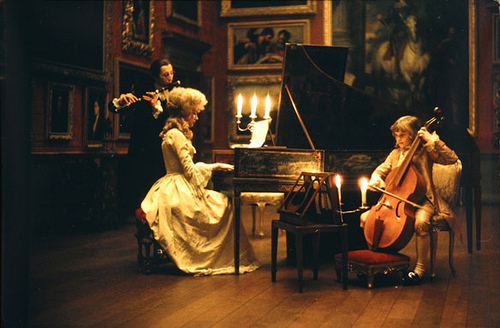 (1) Messa in scena mutuata dalla pittura Mise-en-scene influenced by painting Da/From: Barry Lyndon di/by Stanley Kubrick, GB 1975  (2) Messa in scena con elementi fantastici Mise-en-scene with fantasy elements Da/From: Metropolis di /by Fritz Lang, Germania/Germany 1927 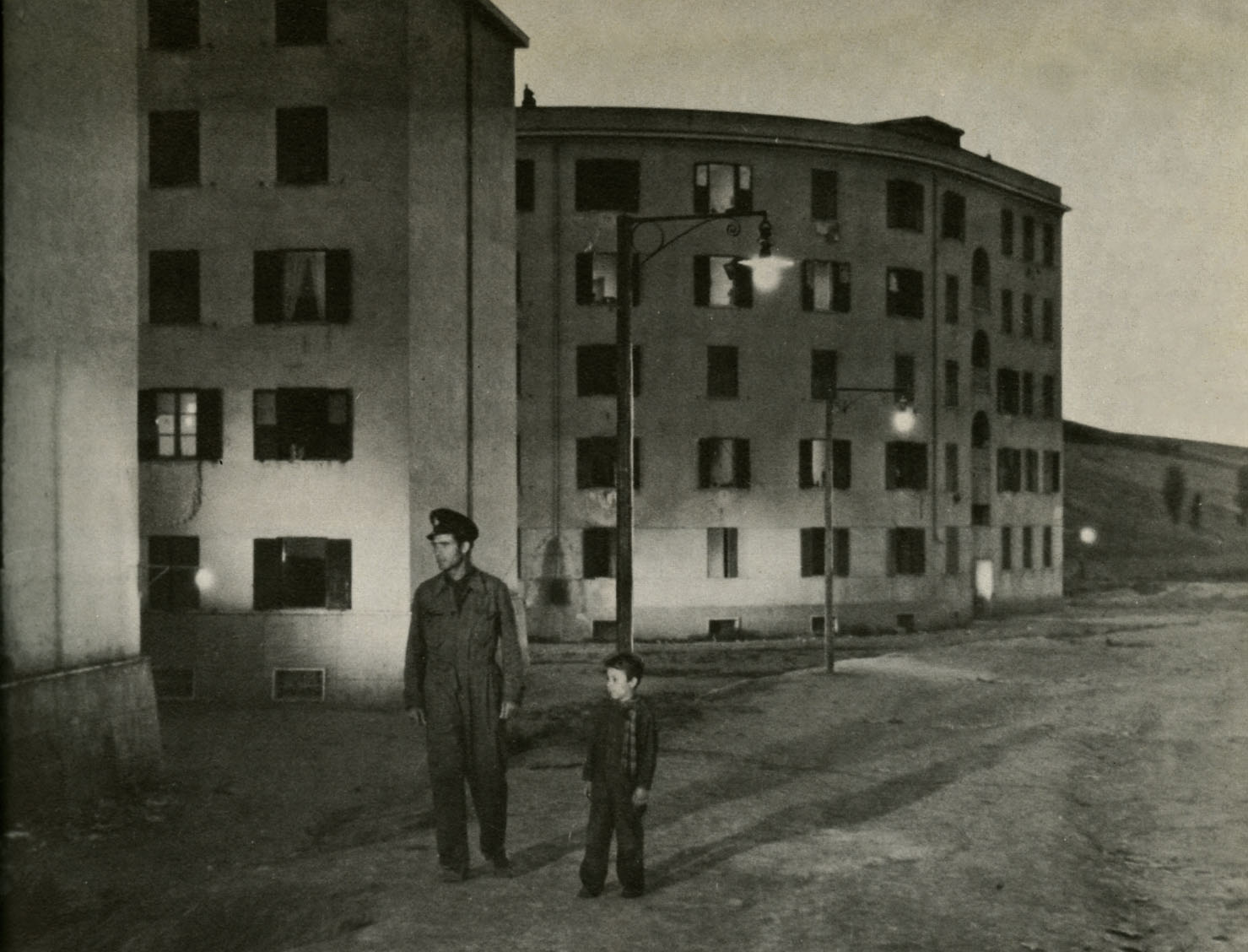 (3) Messa in scena con elementi (neo)realistici Mise-en scene with (neo)realist elements Da/from: Ladri di biciclette di/by Vittorio De Sica, Italia/Italy 1948 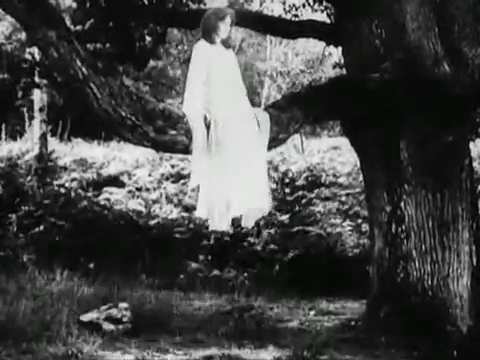 (4) Messa in scena di tipo impressionista, tesa ad evocare emozioni e stati d'animo - immagini mentali che sondano la soggettività dei personaggi Mise-en scene with impressionistic elements, aiming at evoking emotions and feelings - mental images probing the characters' subjectivity Da/From La figlia dell'acqua/La fille de l'eau di/by Jean Renoir, Francia/France 1925 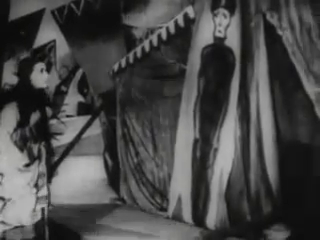 (5) Messa in scena di tipo espressionista, in cui le forme distorte ed esasperate della scenografia tendono ad accentuare emozioni estreme Mise-en scene with expressionist elements: the distorted forms of the setting tend to emphasize extreme emotions Da/From Il gabinetto del dottor Caligari/Das Cabinet des Dr Caligari di/by R. Wiene, Germania/Germany 1920 |
This
term, originally applied to stage productions, basically refers to the
director's (and her/his collaborators') work to control all that appears
in the frame: in this sense, the director "puts on the stage" the world
s/he wants to represent (1-3). Several elements are part of the
"mise-en-scene", like: - the dimensions and shape of the frame (see the Outline Aspect ratio); - the setting, which includes the scenery construction or the use of an existing interior or outdoor location, the set dressing and the relevant design. The setting, as defined by such art direction, can play a mere "background" role or interact more directly with the characters and the story; - costumes, make-up and hair styling, which can be more or less important in shaping the characters' roles; - the use of colour, which can imply a wide chromatic scale, emphasizing differences and contrasts, or monochromatic choices, which underline a certain colour, linking it to particular characters or situations; - lighting, which also has an impact on the choice and final rendering of colours (see the Outline Lighting); - movement in the scene (including its direction and speed), with particular reference to the actors; and their - acting performance: acting can be more or less individualized or stylized, i.e. referring to a codified typology of characters; - the duration of the shot; - sound (see the Outline Sound). |
| Forme chiuse e forme aperte Il regista può condizionare la percezione dello spazio in modo tale che lo spettatore sia più o meno consapevole (anche solo a livello subliminare) dello "spazio off". Quanto più lo "spazio on" ci sembra auto-sufficiente, tanto più la "forma" di cui stiamo parlando si può considerare chiusa. Lo stesso accade quanto più la mdp sembra (in)seguire i personaggi. Se, al contrario, i personaggi tendono ad entrare e uscire dal campo più liberamente, la "forma" tende ad essere aperta. |
Closed and open forms The director can impact on the way that space is perceived, so that spectators can be more or less aware (even at a subliminal level) of the "off space". The more the "on space" seems self-sufficient, the more the "form" we are dealing with can be considered as closed. The same happens when the camera seems to "follow" the characters, If, on the other hand, characters tend to enter and leave the space more freely, the "form" tends to be open. |
|
La composizione dell'immagine Nel comporre la scena si può privilegiare la simmetria piuttosto che un bilanciamento o sbilanciamento più o meno flessibile delle sezioni sinistra e destra (4-5). Inoltre, la stessa simmetria può obbedire ad un criterio radiale, con il centro dell'inquadratura che funge da punto di irradiazione degli elementi scenici e del movimento. Le forme di composizione possono essere comunque le più varie: obliqua, in diagonale, a S, a cerchi concentrici, a triangolo, a spirale, ecc. (6-8). |
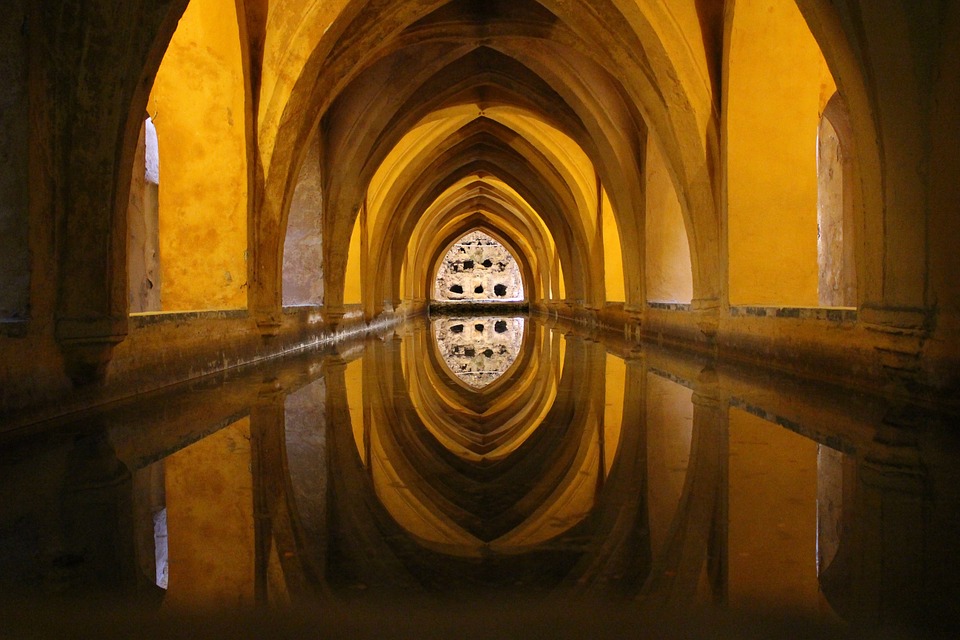
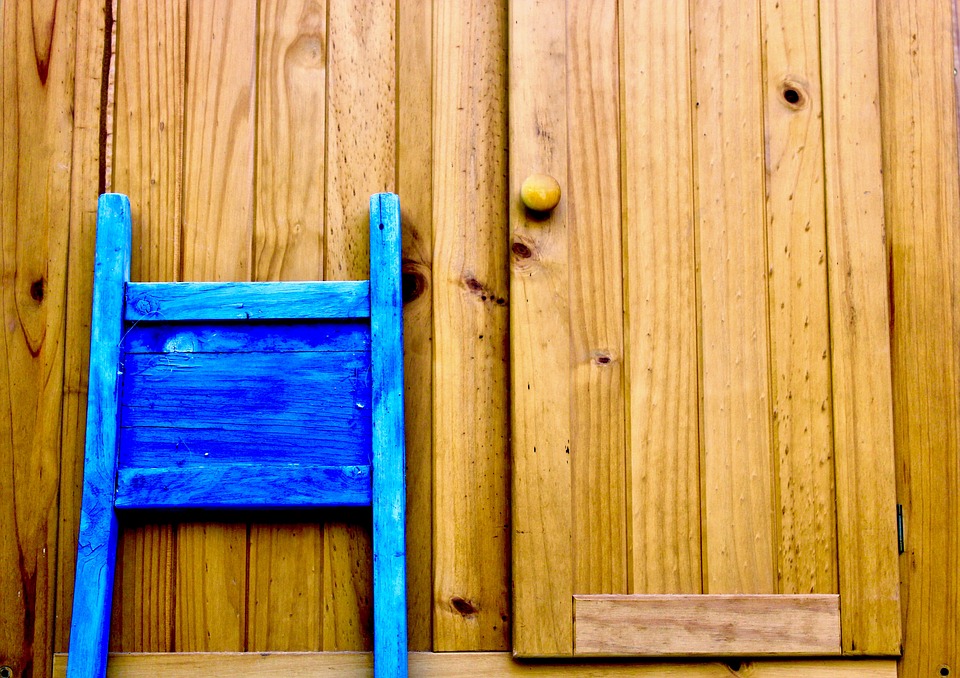 (4-5) 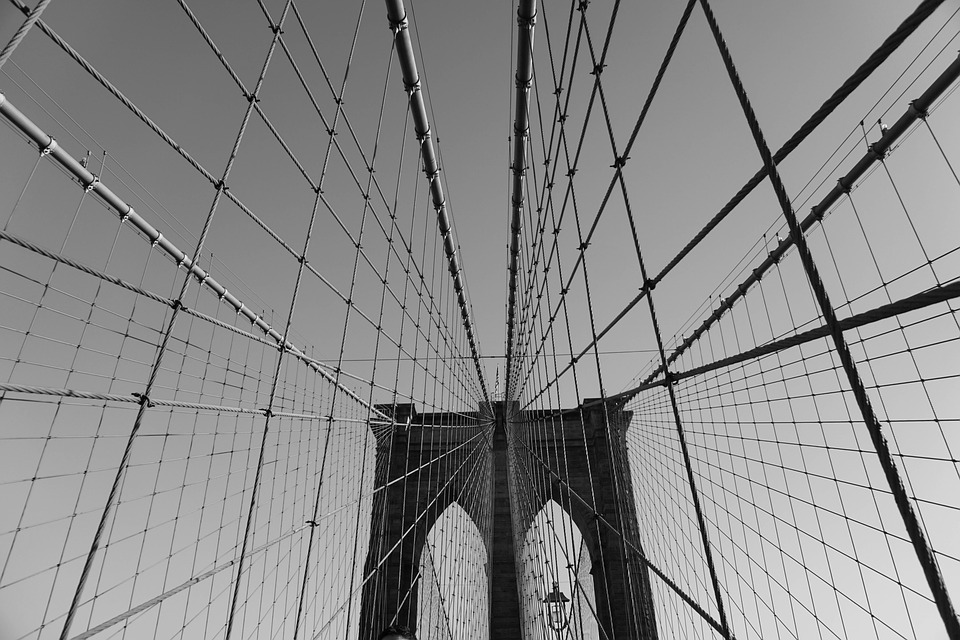
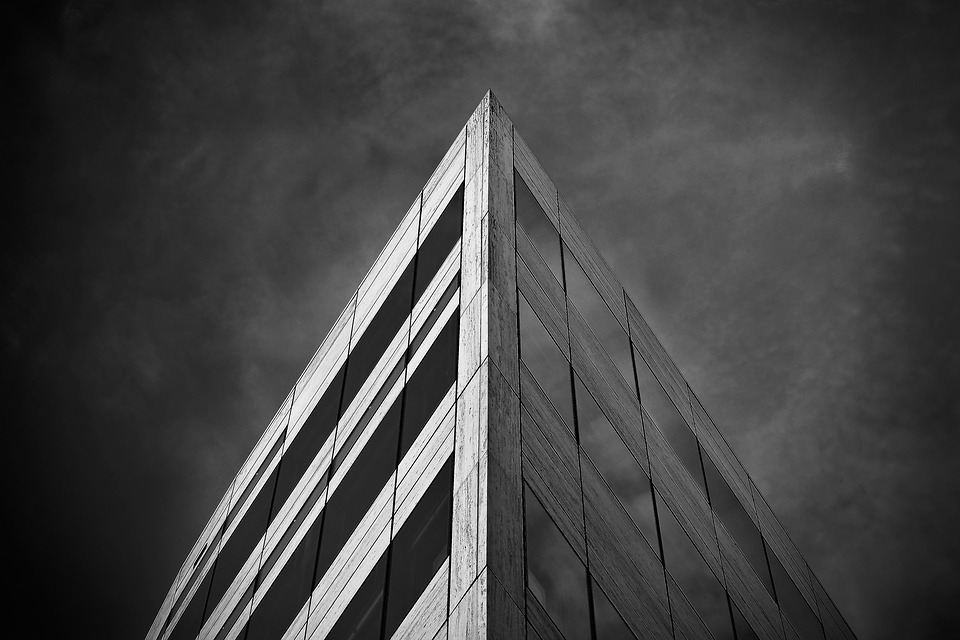 (6-7) 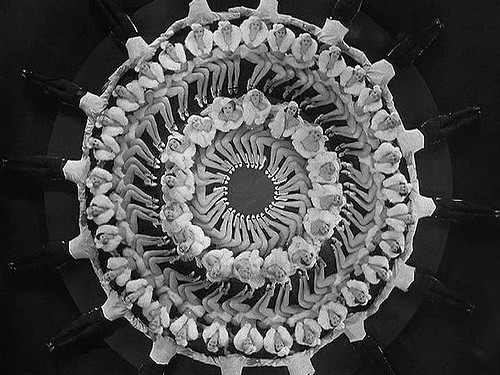 (8) Esempio di simmetria radiale, con una coreografia filmata dall'alto (plongée) Example of radial symmetry, with a coreography filmed from above (plongée) Da/from: Donne di lusso 1935/Gold Diggers of 1935 di/by Busby Berkeley, USA 1935 |
The composition of the image The composition of the scene can previlege symmetry rather than a more or less flexible balance or imbalance of the left and right sections (4-5). Besides, symmetry can follow a radial pattern, with the centre of the frame which works as the centre of origin of scene elements and movement. Composition patterns can be extremely varied: oblique, diagonal, S- shaped, with concentric circles, triangle- or spiral-shaped., etc. (6-8). |
|
|
Distanza, angolazione, altezza della mdp La mdp può essere orientata in molti modi diversi, rispetto al piano-base orizzontale, che vede il soggetto in posizione frontale, davanti alla mdp: - lungo l'asse orizzontale, ad esempio, la mdp può essere inclinata verso sinistra (9) o verso destra (10): il lato sinistro o destro dell'immagine risulta così più basso, e i personaggi o gli oggetti appaiono inclinati; - lungo l'asse verticale, la mdp può essere inclinata verso l'alto, producendo così un'inquadratura dal basso (11a-11b), o verso il basso, producendo al contrario un'inquadratura dall'alto (12a-12b); - sull'asse ottico perpendicolare al suolo, la mdp può filmare il soggetto dall'alto (plongée)(13a-13b) oppure dal basso (contre-plongée) (14a-14b). Le vedute dall'alto possono essere molto estese ("a volo d'uccello")(15a-15b). |
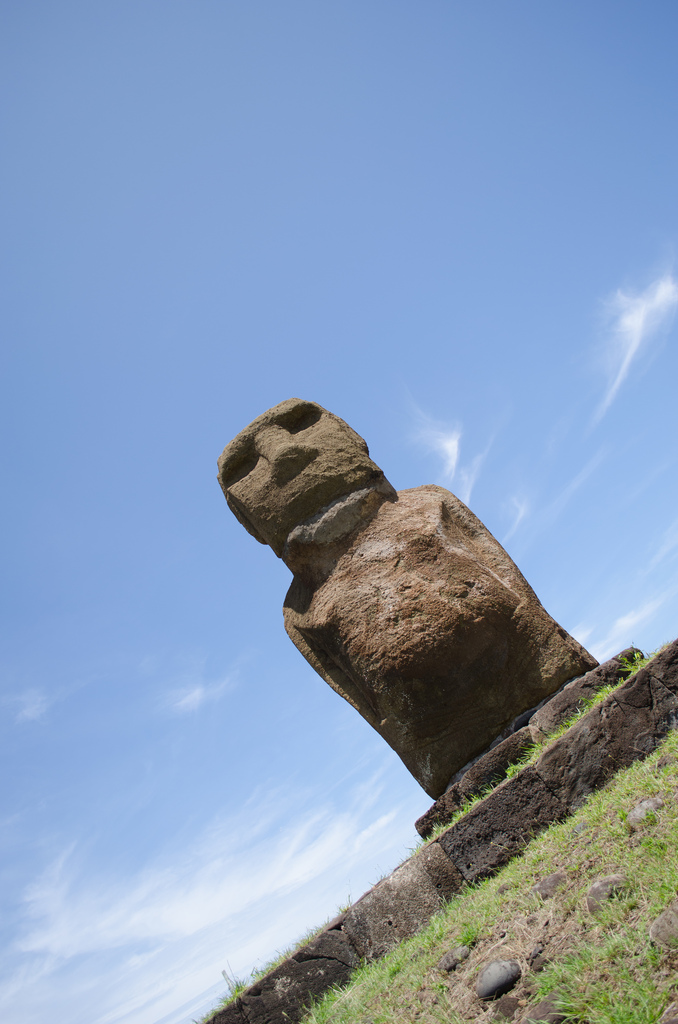 9 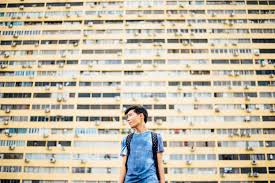 11a 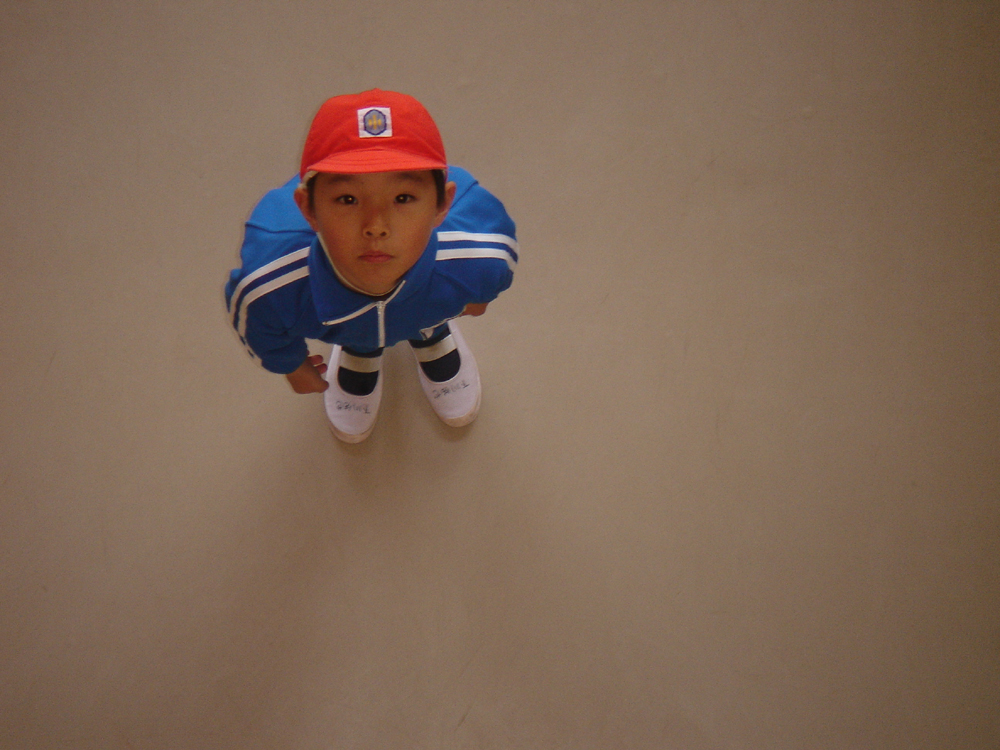 12a 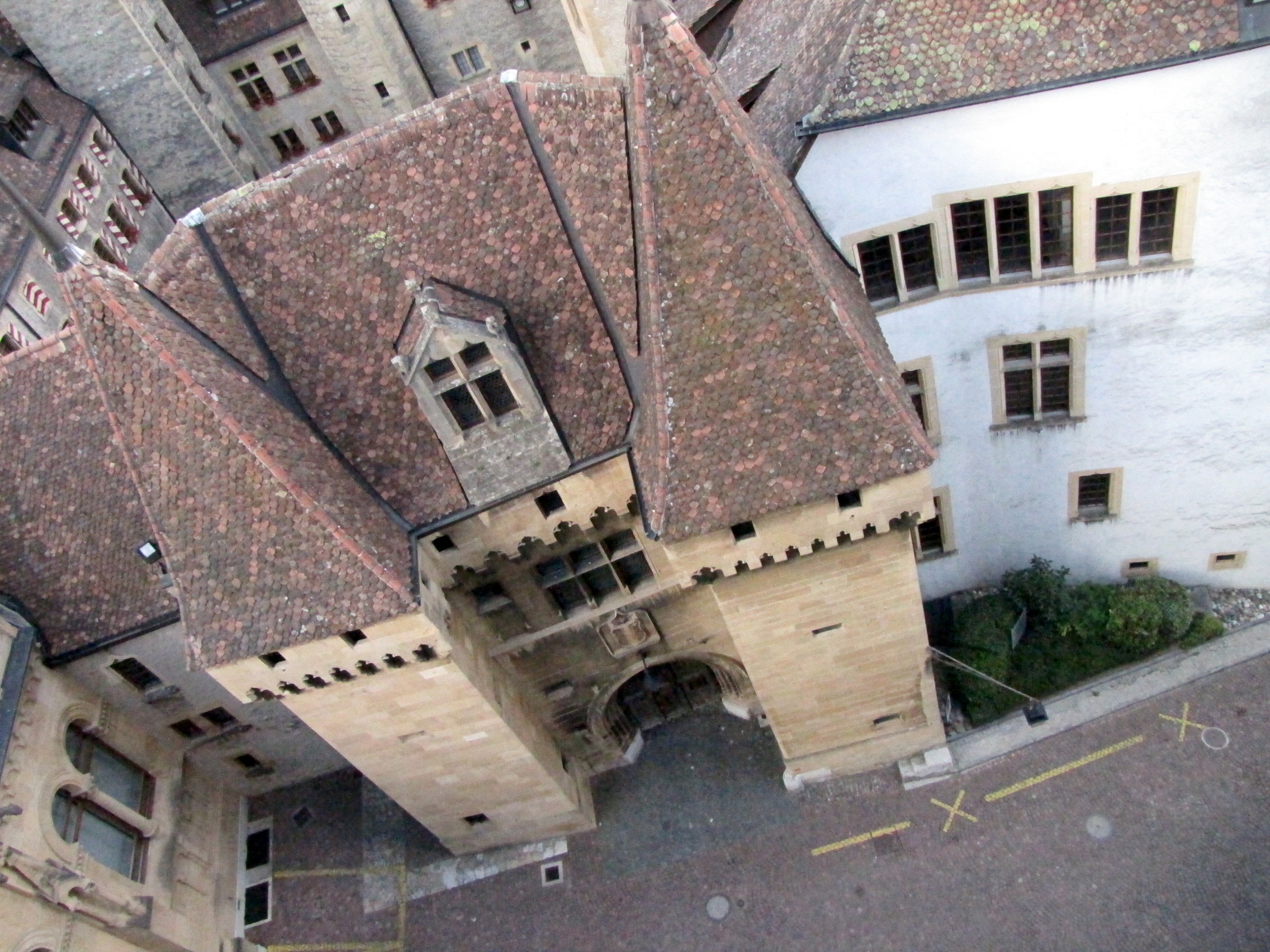 13a |
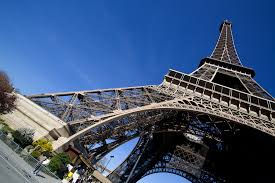 10
10.jpg) 11b 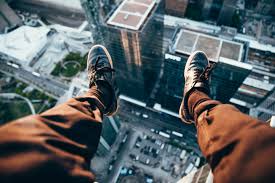 12b 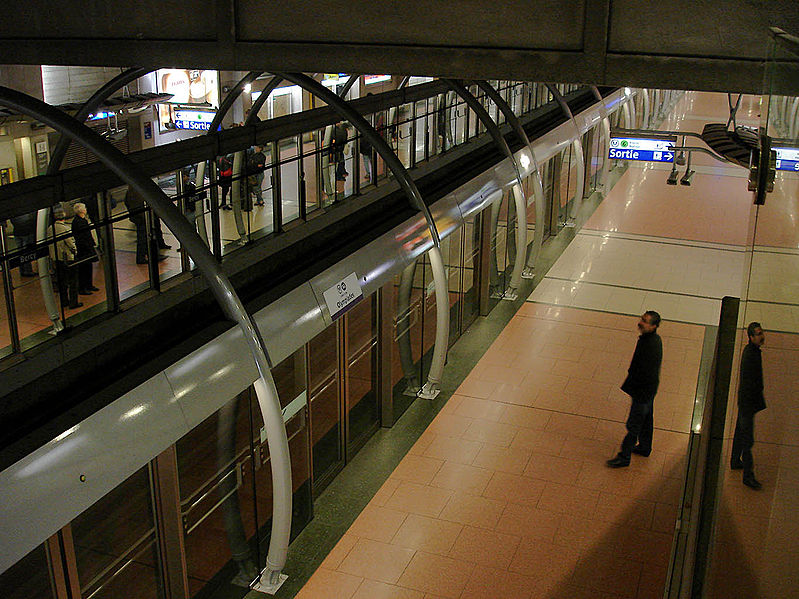 13b |
Distance, angle, height of the camera The camera can be oriented in several different ways, with regard to the basic horizontal plane, in which the subject is positioned right in front of the camera: - along the horizontal axis, for example, the camera can be inclined towards the left (9) or the right (10): in this way the left or right side of the image is lower, and the characters or objects appear tipped; - along the vertical axis, the camera can be inclined towards the top, thus framing the subject from a low angle (11a-11b), or towards the bottom, thus framing the subject from a high angle (12a-12b); - on the optical axis perpendicular to the ground, the camera can film the subject from above (plongée)(13a-13b) or from below (contre-plongée)(14a-14b). Filming from above can be extended to what is referred to as "bird's eye view" (15a-15b). |
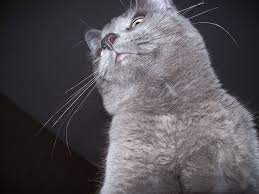 14a |
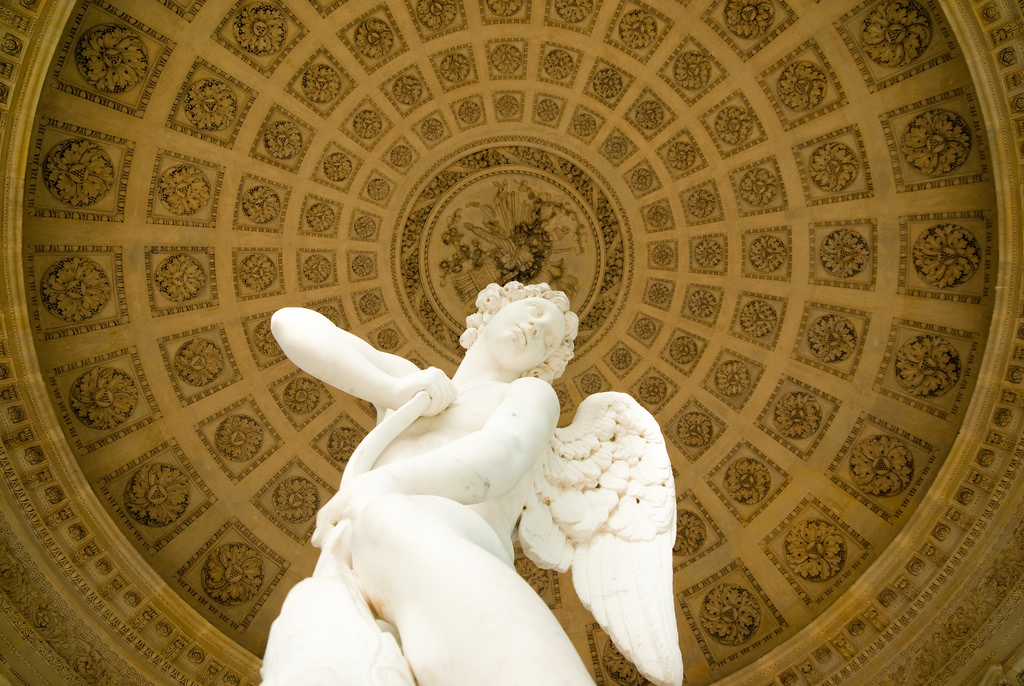 14b |
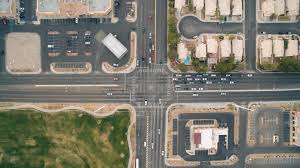 15a 15a |
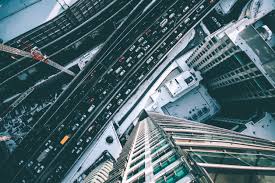 15b |
 |
Per
saperne di più ... * Dal sito Cinema e Scuola: - Principi di composizione dell'immagine - Angolazione, inclinazione, altezza * Dal sito Cinescuola: - La composizione - L'angolazione di ripresa - L'inclinazione di ripresa - L'altezza di ripresa - La messinscena - con sezioni dedicate a resa figurativa, scenografia, costume, trucco e acconciatura, recitazione * Video di supporto alla lezione "L'inquadratura" dal sito www.associazionepensieriparole.it |
 |
Want to know more? * From the Yale Film Analysis Web Site: - Mise en scene - with sections on decor, lighting, space, costume, acting * From the Yale Film Analysis Web Site: - Cinematography - Section 2 * From the College Film and Media Studies site: - Mise-en-scene - with sections on setting, lighting, costume, space, staging, acting and special effects * From Bear's Film Journal - Seeing mise-en-scène: Defining the form - open or closed? by Smart * From the Visual Rhetoric YouTube Channel: - Open frame vs closed frame filming by Savannah Jobman |
